In the early 1920s, Bessie Love was one of America's most popular movie stars, known for playing charming and energetic young women in everything from bizarre comedies to dark dramas. By 1925, however, her life became increasingly consumed with a secret battle against supernatural evil. (
You can read the background details here.)
Love acquired a number of magical artifacts during the 25 years she protected the unsuspecting world from darkness, which experts in the field of the occult and supernatural have dubbed the Love Collection. Today, we describe another two artifacts from the Love Collection. As is our habit, we also provide d20 System rules so you can use them in your games.
DIMOND'S COMPASS
Named for Edward Dimond, an American sorcerer and investigator of crimes who lived in 17th century Mass., at first glance this appears to be a malfunctioning compass with a magnetic needle that jerks from pointing in one direction to another without cause, which seems to point anywhere but North, and may even start spinning wildly without warning. It is rendered even more useless by the fact that what can be assumed to be the cardinal compass points are marked with curious symbols that are dissimilar to any earthly civilization, current or extinct. It radiates a faint aura of Divination magic.
Although it bears his name, Dimond did not know where the compass came from. It was given to him as payment, when, as a young man, he proved a ships' captain innocent of murder by uncovering evidence that proved the merchant accusing him was the true killer. The seaman claimed he had found the compass in a ruined city, on an uncharted island that he had never been able to find his way back to since. Dimond carried it on his person from that day forward, as he believed it was imbued with a spirit of justice and that God had meant for him to have it and to guide him on his quests for truth.
Dimond's Compass passed through many hands before coming into the possession of Bessie Love; it was gifted to her, as it had been to Dimond, by a young werewolf whom she had proven innocent of murder in 1928 by exposing the witch who had been using magic to control him. All who have owned it have stated that it has either shown the way to great treasures, stores of lost knowledge, or evidence that exposes villains set on harming the innocent.
The fact is that Dimond's Compass can do all things those who have possessed it claim it can. It was created by Lemurian artificers, in the Time Before Time when the dark gods and their servants wrecked havoc across many planes.
Using Dimond's Compass: A being must hold the compass in his or her left hand. It performs one of three functions related to directed the user to finding items, magical or mundane. All the would-be user has to do is hold the compass and focus his or her mind for one round one what he or she is seeking. The compass remains set by "default" on whatever it was last used for. It has a range of 3,200 feet, and if the object sought is not within range, the compass jerks between several directions, spins wildly for a moment, then stops. The compass cannot find items that are inside extra-dimensional spaces like a bag of holding. There is no limit to the number of times a character can try to use the compass to find the direction to an item.
The functions of Dimond's Compass are as follows:
* Detect Magic: The compass points to the object or being with the most powerful magic aura or abilities within range that is closest to its current location. If there are multiple objects or beings within range, it prioritizes the closest item or being. (For example, the compass will point to a 3rd-level spellcaster over a 1st-level spellcaster; a +2 sword over a +1 sword; an artifact like the Silver Key over a +4 dagger, even if the dagger may seem more powerful if subjected to an analyze or detect magic spell; and a succubus over a 13th-level spellcaster. But if a man carrying a +1 amulet of protection is standing across the room, and a demonlord is across the street carrying the Sword of Dimensional Sundering, the compass will indicate the +1 amulet of protection.)
* Find Magic Portal: The compass points to the nearest magic portal within range. For the purpose of Dimond's Compass, a "magic portal" is a permanent gateway between one location and another, whether the remote location is 12 miles or 12 realities away. Such portals can appear to be doorways, pools of water, wells--anything that someone might pass through or dive into and emerge from.
The compass locks onto the closest portal first, followed by the most powerful, so the indicated direction my change if the user is in an area where several portals are close together. (For example, the compass will prioritize a portal that takes those who pass through it to Valhalla over a portal that goes to Vermont if they are an equal instance from the user; but it will indicate a portal that goes to a place in the Dreamlands over a portal that can go to anyone of 100 locations depending on the will of whoever steps through it if the portal to the Dreamlands is closer.)
The compass does not reveal any objects or command words that are needed to open a portal, or to control where it leads to if it has various destinations.
* Locate Object: The user visualizes a general item or a a specific object that he or she is familiar with, has been described to him or her, or was an important part of an event with which the user is familiar, through personal experience or detailed witness accounts. The compass points unerringly in the direction of the nearest general item sought, or the location of the specific object. If the user is standing exactly above or below the item's location, the compass needle twitches, swings to the opposite cardinal point, twitches again, then swings back to the original direction. If the item moves out of the range of the compass, the needle begins spinning wildly, but it will indicate the correct direction again once the item is within range.
Note: There is an overlap between the detect magic and find magic portal functions. The compass will detect a magic portal as a magic item if one is located nearby while it is trying to find magic items. Bessie Love never realized that Dimond's Compass could not distinguish between the two, as it's a weakness that rarely becomes a factor.
ASHER'S PEDESTAL
This artifact comes in two parts--a square pedestal made of lacquered oak and African blackwood that stands roughly four feet, and a two-foot-tall alabaster statuette of a handsome woman in ancient Egyptian garb and striking a twisted dance pose. Both the pedestal and statuette exude a strong Art Deco ascetic.
Asher's Pedestal was created by sculptor-turned-wouldbe-movie mogul Grayson Asher. He came to Hollywood in 1920 and began making movies featuring elaborate sets and costumes. Although not an attractive man, he was known for always having a starlet on each arm. He also had an uncanny ability for turning rivals and outright enemies into friends with surprising ease. The secret to his charm could be found in the pedestal and the alabaster statuettes he would display on it in his office at Asher Film Company.
Asher's initial effort to get established in the film business was not as successful as he wanted--he had money, and skill as an artist, but he lacked charm, so he could not convince top talent to work for him. One night, the demon Orias appeared to Asher and showed him how he could have all the most talented men and women at his beck and call, as well as at his feet. In exchange for Asher's soul, he showed the demon showed him how to create and enchant Asher's Pedestal and the statuettes that function with it.
The top of the pedestal contains a well-hidden secret compartment that is two square inches in size. The statuette also has a secret compartment, the opening to which is under the bottom of its base. When certain items belonging to a person are hidden respectively in the pedestal and in the statuette, and the statuette is placed on the pedestal, the person to whom the items belonged falls becomes infatuated with the person who hid the items. This infatuation can be developed into full-blown love and undying loyalty with even the smallest kindness or hint of returned affection. Even if the statuette is later removed from the pedestal, the person remains under the magical influence until the item tied to him or her are removed from the statuette and pedestal or the statuette is destroyed. The affection the enchanted victim felt gradually fades.
It is possible to have multiple people under the sway of Asher's Pedestal. The pedestal's compartment can be packed full of small items, but each victim enchanted by the artifact must be represented by a statuette.
In 1926, Asher tried to get Bessie Love to star in a big-budget, costume comedy set in Ancient Egypt. He wanted Bessie to play Cleopatra. The offer and the role both seemed attractive to Bessie, but as she looked into Asher and his personal life (as had become her habit since taking up her fight against supernatual menaces), she became suspicious: too many actors and crew associated with Asher's productions had either killed or tried to kill each other, or had suffered mental breakdowns. Her investigations let her to a chance confrontation with Asher in his office--as Dimond's Compass pointed her to the Pedestal and the dozen statuettes on display in his office--while he was meeting with the demon Orias. During the ensuing battle, most of Asher's statuettes were shattered and Asher himself killed. Orias claimed his soul as he lay dying, and Bessie rebuffed the demon's offer to pick up where Asher left off. She took Asher's Pedestal and the statuette that had been prepared to dominate her, and she added them to her collection of occult trophies and souvenirs.
Using Asher's Pedestal: Asher's Pedestal is used to subject targets to a permanent effect identical to the charm person or charm monster spell. The user must spend at least 10 minutes within 10 feet of the target, and manage to obtain a small object that they have carried on or close to their body for at least six hours at a time, as well as some of their hair, a nail-clipping, or some bodily fluid. The user must then create a statuette that represents the target. This statuette need not be a literal representation of the target, nor particularly skillfully made, but it must represent how its maker views the target on some level. It must be made with a compartment that can contain the hair or other part of the target, or the piece of the target can be incorporated directly into the statuette.
The small item belonging to a target must be placed in the secret compartment in the Pedestal, and the statuette containing the actual part of the target's physical body must be put on top of the Pedestal. The magic is then activated, and the target must roll a successful saving throw (Will save DC28, magic resistance does not apply but any saving throw bonuses do). The saving throw must be re-rolled every day at sunset where the Pedestal is located until the character either fails it, or the statuette is removed from the Pedestal or is destroyed. Once the saving throw is failed, the target is subjected to a charm person or charm monster spell (whichever is appropriate for the target).
The effects of the Pedestal remain permanent until the item belonging to the target is removed form the Pedestal or the statuette, the statuette is destroyed or moved more than 100 feet from the Pedestal. The target is freed from the enchantment and the feelings toward the user will gradually fade. If the removed statuette is once again put on the Pedestal, the target must once again make successful saving throws or come under the item's sway again.
To locate the secret compartment in the Pedestal, searchers must make a successful DC18 Search skill check, or DC28 Spot skill check to notice the covering and figure out how to open it.)
Drawbacks to Using the Pedestal: If a victim is kept ensorcelled for three months and/or at the point the third victim is put under a user's sway, Orias appears (in his favorite human form as a very handsome and fit black man) and informs the user that he must either release the target or allow Orias to corrupt them to serve his wishes. He promises the user that no harm will come to the victim--other than their soul may damned forever. If the user refuses, all enchantments immediately end and anyone who was under the sway of the Pedestal comes to hate the user deeply and with near-fanatical intensity.
Destroying the Pedestal: No special requirements are needed to destroy this artifact.
--
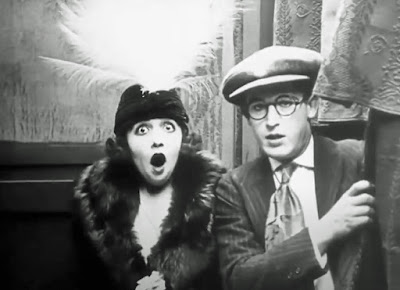











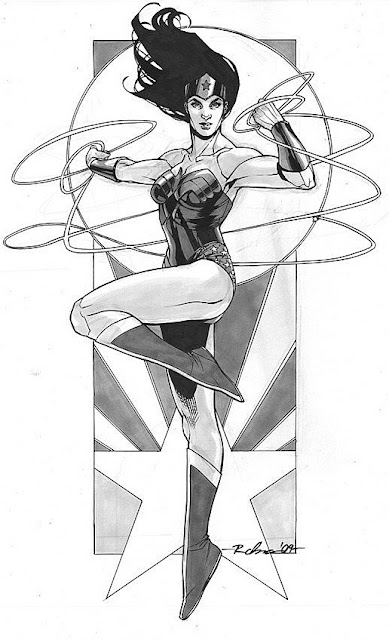
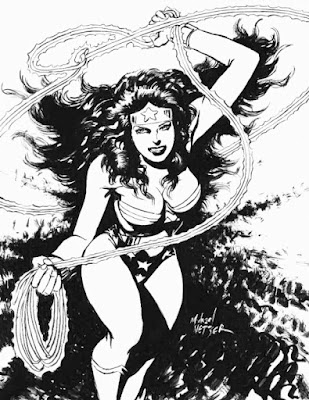
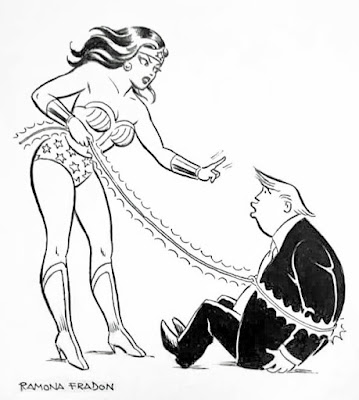


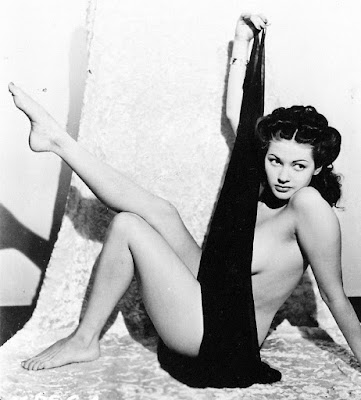



































.jpg)
